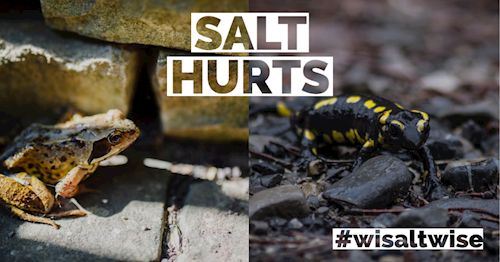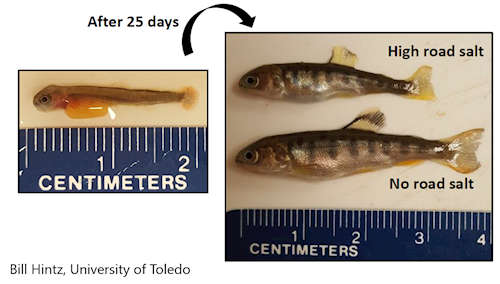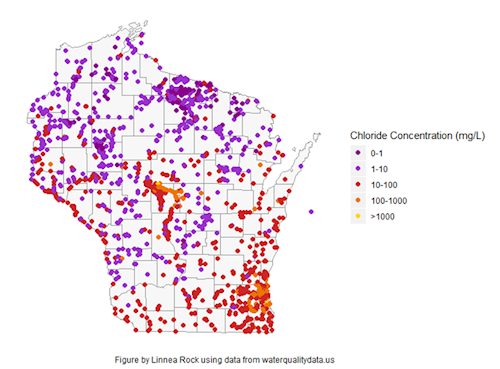Hidden Costs of Oversalting
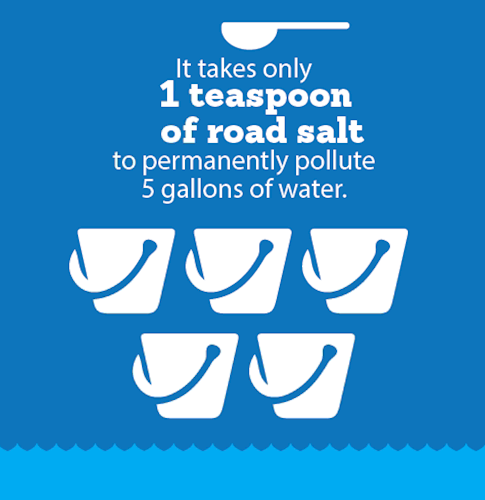
Once salt is in the environment it doesn’t go away. It ends up in our lakes, rivers, streams and wetlands. Chloride from salt degrades freshwater ecosystems. It only takes 1 teaspoon of salt to pollute 5 gallons of water to a level that is toxic to native aquatic organisms (395 mg/L). Naturally occurring concentrations of chloride are <10 mg/L throughout most of Wisconsin, but our surface water, groundwater and soil have been absorbing virtually all of the salt spread in the state for more than six decades.
The widespread use of salt has led to the steady salinization of surface water and groundwater, threatening freshwater resources and our drinking water.
Figure 1. Chloride concentrations in surface waters. Figure 2. Chloride concentrations in groundwater. (This data is accessible through the Wisconsin Well Quality Interactive Viewer.)
Red, orange and yellow indicate anthropogenic salinization. Natural concentrations indicated by teal (<10mg/L).
Removing salt from water is cost-prohibitive
Once salt gets into water it is very difficult to remove. Treatment, like reverse osmosis or ion exchange, is costly to install and even more expensive to operate. It could cost millions or even billions of dollars, so preventing salt from entering our drinking water resources in the first place is the most cost-effective solution.
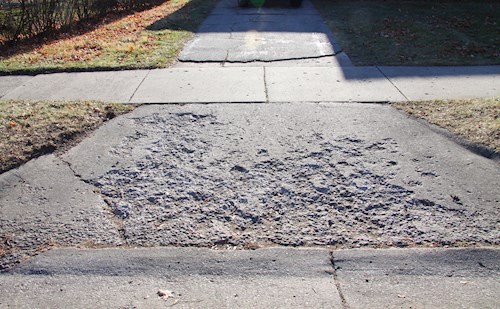 Salt weakens the concrete, brick and stone that make up our homes, garages, bridges, and roads. One ton of rock salt causes between $800 and $3,300 of damage to buildings, bridges and other infrastructure (source). Nationwide we spend over $5 billion annually to repair salt damage to roads and bridges and we're not keeping up (source).
Salt weakens the concrete, brick and stone that make up our homes, garages, bridges, and roads. One ton of rock salt causes between $800 and $3,300 of damage to buildings, bridges and other infrastructure (source). Nationwide we spend over $5 billion annually to repair salt damage to roads and bridges and we're not keeping up (source).
Road and sidewalk salt can irritate your pets' toes, feet, and skin. Problems can also arise if a dog eats salt or licks their paws after a walk. Excess salt can cause toxicity concerns, throw off their electrolyte balance, or cause hypertension, cardiac arrhythmias, vomiting, increased urination, increased thirst, muscle tremors, or seizures. You can keep your pets healthy by shoveling first, and applying salt only as needed to keep sidewalks safe.
